The draft was never popular, but during WWII it was deemed necessary. When the Selective Training and Service Act of 1940 was signed by President Roosevelt, men aged 21 to 35 were registered.
This initial draft worked via a random lottery, but what happened to the draftees? How did the US government determine which branch they served in and the jobs that they were assigned?
To better understand how this process worked, the draft system as a whole needs to be looked at. The start of this process was a man of the correct age being registered by one of the 6,443 boards across the country. Every county had at least one board or a board for every 30,000 people.
The DSS Form 1 had a random serial number which counted the total number of registered people in the area. These forms were used in the draft lottery which was first held on October 29, 1940. The men whose numbers were drawn were notified via the draft notice and would then be inducted into the army.
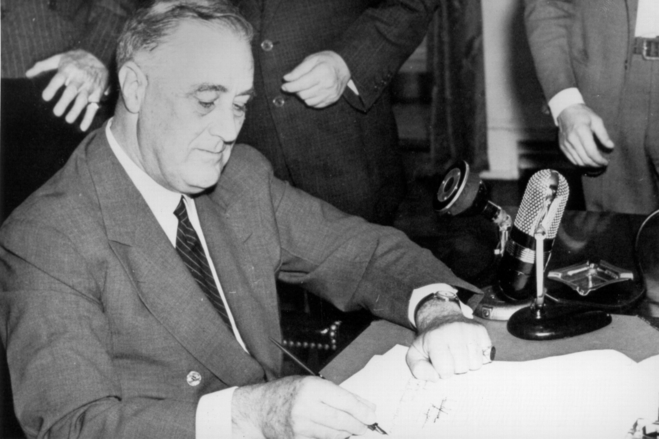
During the registration process, a Qualification Card would be filled out. These cards would help the government with classification. Classifications would be routinely reviewed, and men often shifted between the different classes based on their physical condition as well as their occupation.
Men who fell into certain classifications would not be inducted when the draft first started, but this did change over time.
The information on the Qualification Card included the personal information of the man such as his date of birth, hometown, and his parents’ names. Educational history would also be listed along with any leadership positions he had held. A description of each job he had worked in was also included.
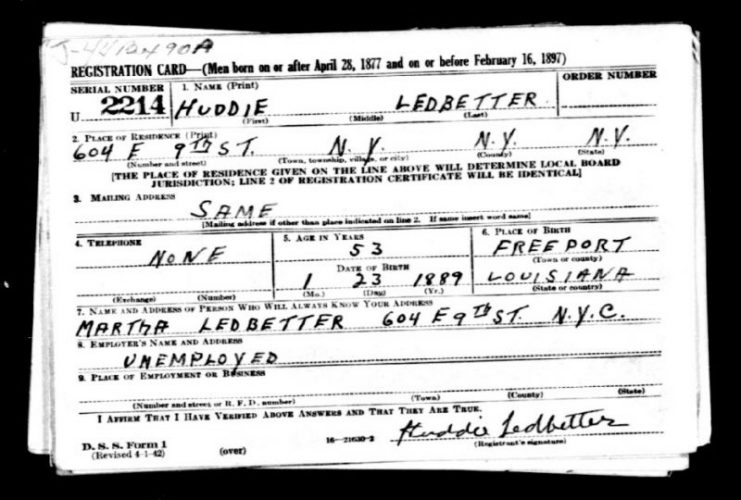
All of this information was used to help the government determine to which branch and job the draftee would be assigned.
During the war, the Army did its best to assign drafted men jobs that were relevant to their past experience. This not only made it easier for new soldiers to settle into the forces, but it also ensured that the Army was using their resources correctly.
It was not only the Qualification Card which was used to determine the placement of drafted soldiers. After completing all of the forms at the registration centers, men would meet with a classification specialist. During these interviews, the specialist would listen to concerns the man had and use manual AR 615-26 to match his civilian job with a military equivalent.
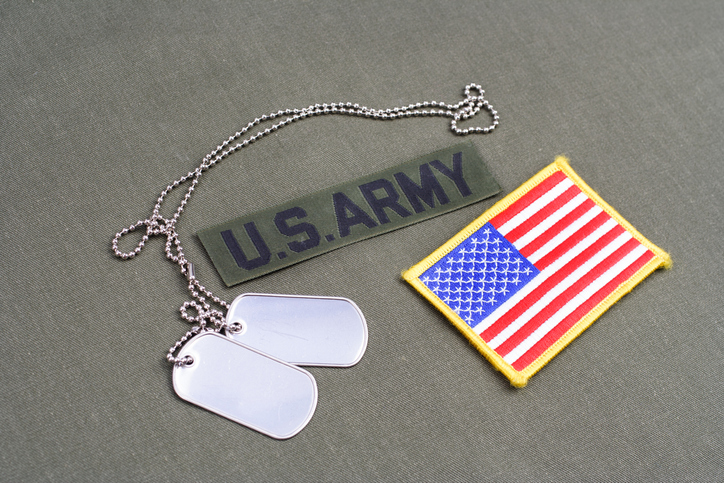
A good example would be a man who worked in a department store as a sales clerk but also undertook deliveries for the store. Using these previous jobs, the specialist would recommend that he be assigned as a supply clerk or a light-truck driver.
Matching skills the draftee had with jobs the army needed to be filled was the purpose of the interview and the primary method used for assignments.
This does not mean that drafted men had no say in where they were placed. If a draftee had a sufficient AGCT (Army General Classification Test) score as well as suitable mental and physical test results, they could choose to volunteer for an occupation. The occupations that they volunteered for would need to be ones that they had the skills to undertake.
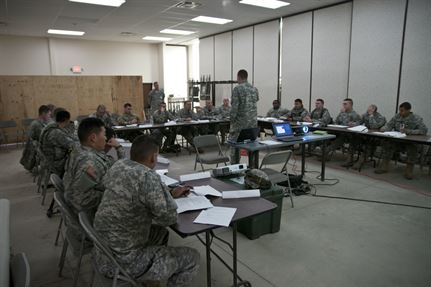
A draftee with an AGCT score of 110 would be able to volunteer for Officer Candidate School. They would also need to have completed certain Army training programs such as parachute infantry. Draftees who completed Officer Candidate School would be eligible for higher positions in the army.
Most of the men who were drafted went into the Army. After January 1943, this would change, but the army still received the majority of drafted soldiers. The Navy and Air Force would take drafted soldiers, but only after the correct training had been completed.
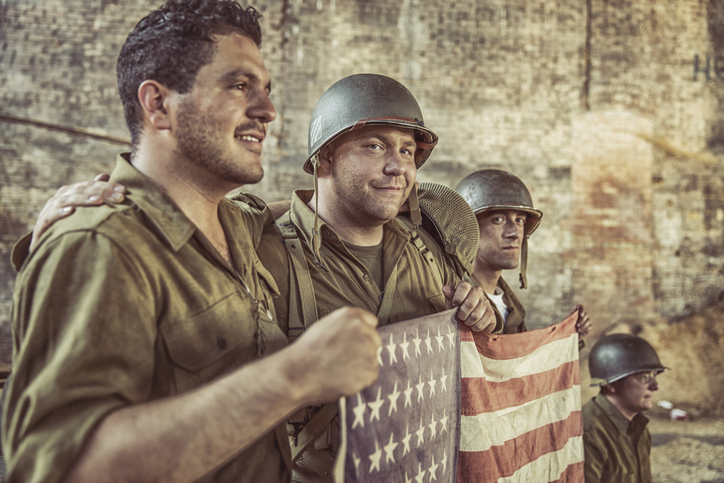
In terms of where the drafted soldiers fought, they would not have a choice between the Pacific and European theaters. Newly enlisted men were sent to Europe where the majority of the Army’s efforts were being exerted.
The men who were enlisted in the Navy and Marine Corps spent more time in the Pacific theater. While this was generally the case, the time when the draftee’s unit was activated would also play a role in where they served.
Read another story from us: Move Over Rosie the Riveter: Female Marines in WWII
The draft took a lot of choices away from eligible men. Not only did they have to serve in the military, but they were also assigned jobs, branches, and service theaters. Only men with high enough classification scores would be able to choose their occupations, but their requests were not always granted based on the needs of the military at the time.
